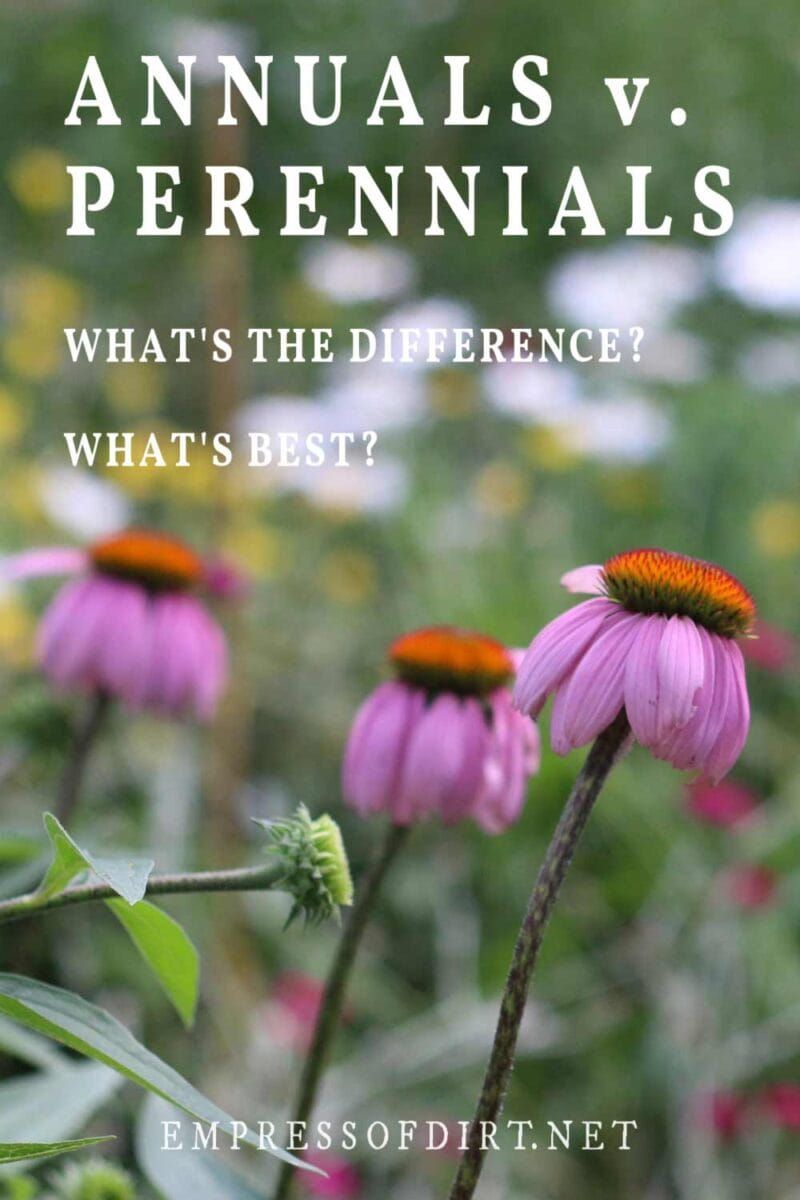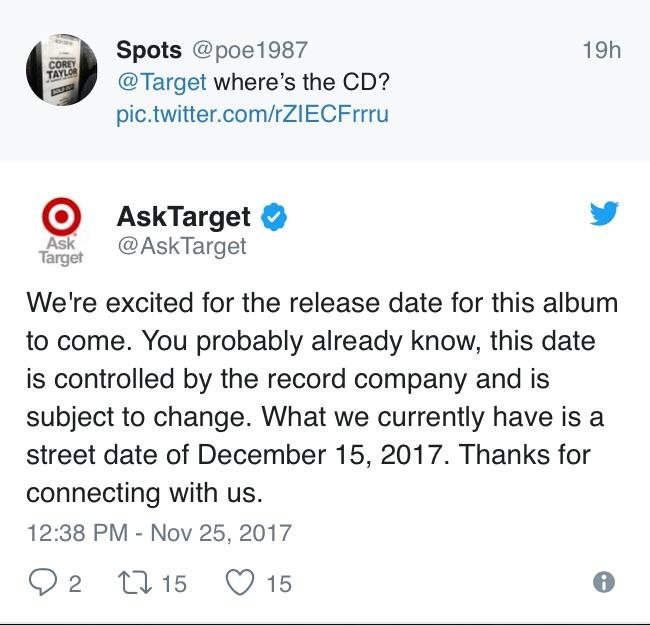Choosing Between Annuals And Perennials: A Practical Guide For Gardeners

Table of Contents
Understanding Annuals: A Season of Beauty
The Life Cycle of Annuals:
Annual plants germinate, grow, flower, produce seeds, and die all within a single growing season. This short lifespan means a burst of vibrant color and a constantly evolving garden landscape.
- Popular Annuals: Petunias (known for their abundant blooms), zinnias (offering a dazzling array of colors), marigolds (with their distinctive scent and pest-repelling properties), and impatiens (providing a lush, shade-loving option).
- Blooming Periods: Annuals generally bloom throughout the warmer months, with some varieties offering continuous blooms while others have a more concentrated flowering period.
- Growth Habits: Annuals exhibit diverse growth habits, ranging from compact mounding plants to tall, climbing vines, offering versatility in garden design.
Advantages of Annuals:
- Vibrant Color: Annuals offer an explosion of color throughout the growing season, allowing for easy changes in garden aesthetics each year.
- Wide Variety: The sheer number of annual varieties available ensures you’ll find the perfect fit for any garden style and color scheme. This vast selection provides endless possibilities for experimentation.
- Ease of Experimentation: Because annuals have a short lifespan, it’s easy to try new varieties and colors each year without long-term commitment.
Disadvantages of Annuals:
- Replanting Annually: The most significant drawback is the need to replant annually, adding to the ongoing cost and labor involved in garden maintenance.
- Higher Costs Over Time: While individual plants may be inexpensive, the cumulative cost of replanting every year can be substantial, especially for large gardens.
- Less Resilience: Annuals are generally less resilient to harsh weather conditions and pests compared to their perennial counterparts.
Embracing Perennials: Long-Term Garden Investment
The Longevity of Perennials:
Perennial plants live for more than two years, returning year after year to grace your garden with their presence. They offer a sense of continuity and stability, gradually building into a mature and established landscape.
- Popular Perennials: Lavender (known for its fragrant flowers and silvery foliage), coneflowers (attracting pollinators with their daisy-like blooms), hostas (providing beautiful foliage in shady areas), and daylilies (offering a wide range of colors and bloom times).
- Blooming Periods: Perennials often have specific blooming periods, but choosing a variety of plants ensures continuous color throughout the growing season. Some perennials bloom only once, while others offer repeat blooms.
- Growth Habits: Perennials display diverse growth habits, from low-growing groundcovers to tall, dramatic specimens, allowing for a layered and interesting garden design.
Advantages of Perennials:
- Cost-Effectiveness: The initial investment is typically higher, but perennials eliminate the annual replanting costs, making them a cost-effective choice in the long run.
- Resilience: Once established, perennials are generally more resilient to harsh weather conditions and pests than annuals.
- Ecological Balance: Perennials contribute to a more balanced and diverse garden ecosystem, attracting pollinators and supporting beneficial insects.
Disadvantages of Perennials:
- Slower Establishment: Perennials take time to establish themselves, meaning you may not see significant results immediately after planting.
- Dormancy Periods: Many perennials have a period of dormancy during the winter months, when they appear to die back, leaving your garden looking somewhat bare.
- Advanced Gardening Knowledge: Optimal perennial care often requires more advanced gardening knowledge and skills, including techniques like dividing and pruning.
Annuals vs. Perennials: A Direct Comparison
| Feature | Annuals | Perennials |
|---|---|---|
| Lifespan | One growing season | Two or more years |
| Cost | Lower initial cost, higher long-term cost | Higher initial cost, lower long-term cost |
| Maintenance | Higher (replanting annually) | Moderate (dividing, pruning, etc.) |
| Appearance | Vibrant, constantly changing | Established, evolving over time |
Choosing the Right Plants for Your Garden Style and Needs:
The best choice between annuals and perennials depends significantly on your gardening style and personal preferences.
- Cottage Garden: A mix of annuals and perennials creates a relaxed, informal look, with annuals adding bursts of color and perennials providing structure.
- Formal Garden: Perennials are often favored for their structured growth and ability to create a more uniform appearance. Annuals can be used for seasonal accents.
- Xeriscaping: Drought-tolerant perennials are essential for xeriscaping, minimizing water usage.
Consider your available resources:
- Time: Annuals require more frequent attention, while perennials demand less upkeep once established.
- Budget: Perennials offer long-term savings, while annuals have lower upfront costs.
- Space: Both annuals and perennials can be selected to fit various space constraints.
Conclusion:
Choosing between annuals and perennials involves weighing their respective advantages and disadvantages. Annuals offer vibrant, immediate color and easy experimentation, while perennials provide long-term beauty, cost-effectiveness, and ecological benefits. The best choice depends entirely on your individual needs, gardening goals, and the desired aesthetic for your garden. Start planning your garden today with informed decisions about choosing between annuals and perennials, considering the long-term vision and maintenance requirements. For further guidance, explore resources like local gardening clubs and online horticultural databases to learn more about specific plant varieties and their suitability for your region.

Featured Posts
-
 Technical Glitch Grounds Blue Origin Rocket Launch Abruptly Halted
May 29, 2025
Technical Glitch Grounds Blue Origin Rocket Launch Abruptly Halted
May 29, 2025 -
 Exclusive Man Uniteds Move For Liverpool Target Confirmed
May 29, 2025
Exclusive Man Uniteds Move For Liverpool Target Confirmed
May 29, 2025 -
 Stranger Things 5 What We Know About The Cast Premiere And Final Season
May 29, 2025
Stranger Things 5 What We Know About The Cast Premiere And Final Season
May 29, 2025 -
 Leadership Change At Meyer Turku Tim Meyer Succeeded By Cargotecs New Ceos Name
May 29, 2025
Leadership Change At Meyer Turku Tim Meyer Succeeded By Cargotecs New Ceos Name
May 29, 2025 -
 Analyzing Morgan Wallens I M The Problem Album Release Following Past Scandals
May 29, 2025
Analyzing Morgan Wallens I M The Problem Album Release Following Past Scandals
May 29, 2025
